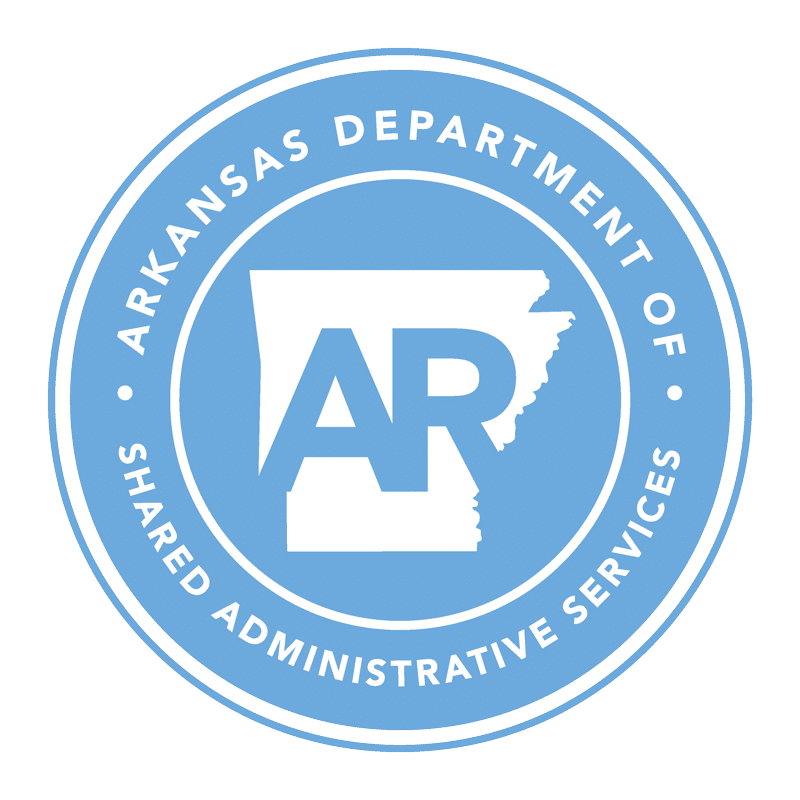New Public Land Survey System (PLSS) Dataset Loaded on GeoStor
The Arkansas Geographic Information Office (AGIO) is proud to announce that the Cadastral National Spatial Data Infrastructure (CadNSDI) Public Land Survey System (PLSS) datasets for Arkansas are now available on GeoStor.
Download: geostor.arkansas.gov/G6/Home.html?q=BLM
This dataset is the same spatial alignment as the previous PLSS datasets on GeoStor provided by the Arkansas Highway and Transportation Department’s Mapping Section. However, this dataset now follows Cadastral National Spatial Data Infrastructure (CadNSDI) standardization formats specifically laid out by the Federal Geographic Data Committee (FGDC) Subcommittee on Cadastral Data. This data set will now be the official PLSS GIS data set for the State of Arkansas and the AGIO is now the data steward for these layers.
According to the Handbook for Standardized PLSS Data, “The Public Land Survey System (PLSS) is a way of subdividing and describing land in the United States. All lands in the public domain are subject to subdivision by this rectangular system of surveys, which is regulated by the U.S. Department of the Interior, Bureau of Land Management (BLM).”
Below are short descriptions (http://nationalcad.org/download/cadnsdi-plss-handbook) for each of the data sets posted on GeoStor:
- PLSS_FIRSTDIVISION_BLM
The PLSS First Division is commonly the section but can also be lots or protracted blocks. This feature class is the first set of divisions for a PLSS Township. If the first division is a section the nominal size is one mile on a side and 640 acres, but actual sections will vary. Symbolizing this feature class on the first division type will help GIS users see where sections exist and where other types of divisions are used to divide the PLSS Townships.
- PLSS_INTERSECTED_BLM
The fully intersected data is the atomic level of the PLSS that is similar to the Esri coverage or the smallest pieces used to build the PLSS. Polygons may overlap in this feature class. This feature class will also contain retired or replaced areas of the PLSS. The fully intersected polygons are used for conversion and for maintenance. This contains the atomic and fully attributed components of the other PLSS features. This is the feature class used to derive other feature classes in this feature data set. This feature class also contains retired or replaced features.
- PLSS_POINTS_BLM
TThese are the corners of the PLSS. This feature class contains summary information about the coordinate location and reliability of corner coordinate
information. Alternate names or aliases for corners are also included in this feature class. The PLSSPoint feature class provides the essential observed coordinate information for PLSS
corners. This is not the complete data set for corners. These are the most current coordinates and a summary of information about the accuracy and quality of the coordinate values. Contact the identified Data Steward for more information.
- PLSS_SPECIALSURVEY_BLM
This feature class contains the PLSS Special Surveys that are nonrectangular components of the PLSS from BLM survey records. These special survey areas are generated from combinations of special survey codes, designators, notes and suffix information in the PLSSIntersected feature class. These are the graphic representation of non-rectangular PLSS components determined from surveys reflecting official BLM records. In many cases the non-rectangular components in this feature class are essential to completing the PLSS representation for many GIS applications.
- PLSS_SURVEYSYSTEM_BLM
A Survey System is a named or numbered area of land that can be identified by a type and a designator. The survey system is generally a simultaneous conveyance that defines an area of land within which there is a consistent method of land description. The survey systems included lands that were established prior to PLSS survey and were not included in the public domain lands. Non-rectangular components of the PLSS are in the PLSS Special Surveys feature class. The first, second and third division attributes are provided if available. For more information, go to the Cadastral National Spatial Data Infrastructure (CadNSDI) handbook at: http://nationalcad.org/download/cadnsdi-plss-handbook/
- PLSS_TOWNSHIPS_BLM
This feature class contains the Public Land Survey System Townships that are the primary unit of survey for the PLSS, nominally six miles on a side, usually containing 36 sections. PLSS Townships are numbered from base lines and principal meridians. This feature class provides the polygons for the PLSS Townships. These polygons are built from the PLSS Fully Intersected feature class by dissolving on the PLSSID in the PLSSIntersected feature class.
Having the PLSS data organized into this standard will allow counties, state agencies, and other stakeholders to systematically improve the quality of this information over time. As new location data becomes available — such as coordinates for recovered corners, improved parcel mapping or other field collected data — the AGIO will be able to edit the PLSS data. The expectation is that these improvements will arrive slowly over the next decade.
Further information for these data sets may be found in their corresponding metadata, by going to http://nationalcad.org/download/cadnsdi-plss-handbook, or by contacting the Arkansas Geographic Information Office.
Thanks to Robert Mandzi, the BLM Eastern States Geographic Coordinate Data Base (GCDB) Manager; Nancy von Meyer, of Fairview Industries, and; Premier Data Services (an IHS company) of Arvada Colorado for their work on this dataset and their assistance in loading this data on GeoStor!

